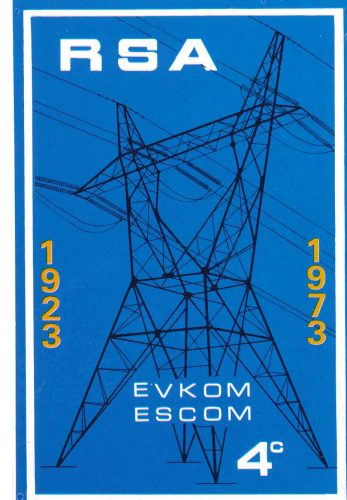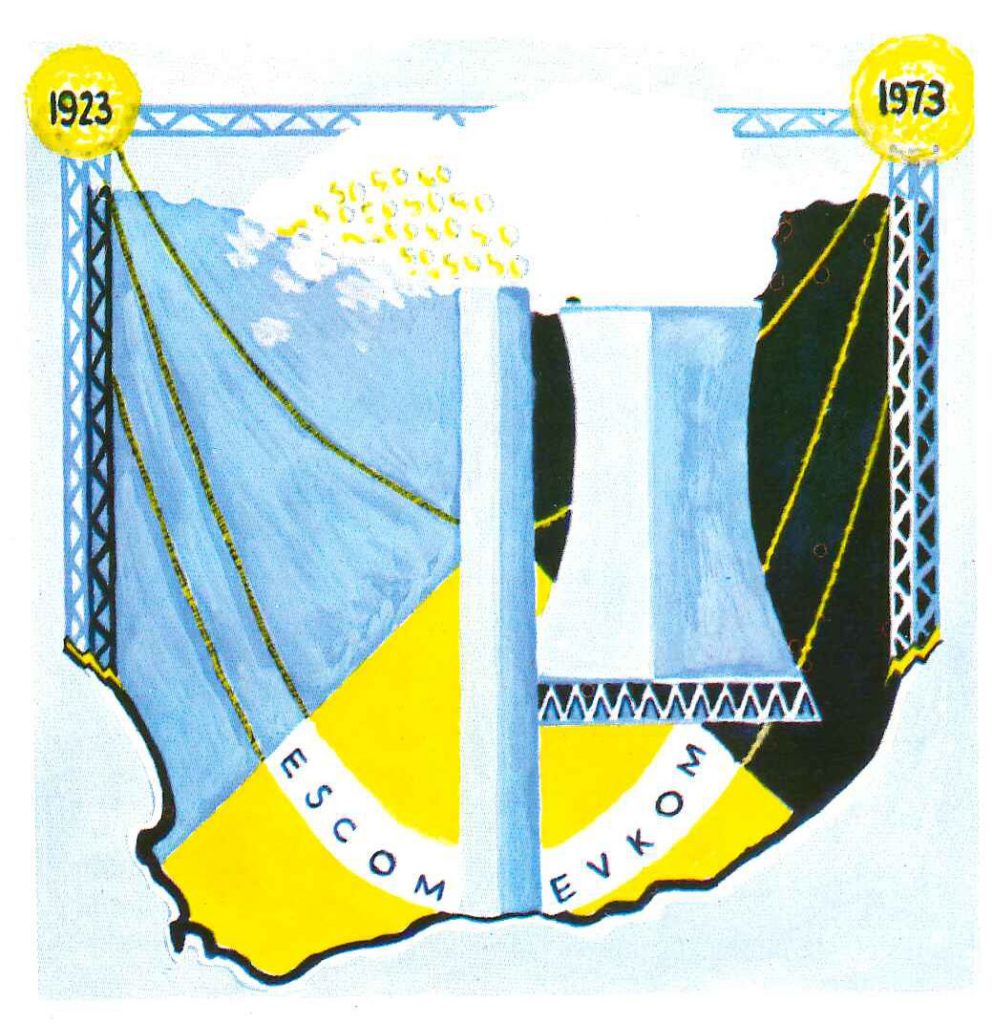The Challenge of Fifth Years from the General Manager - Jan H Smith
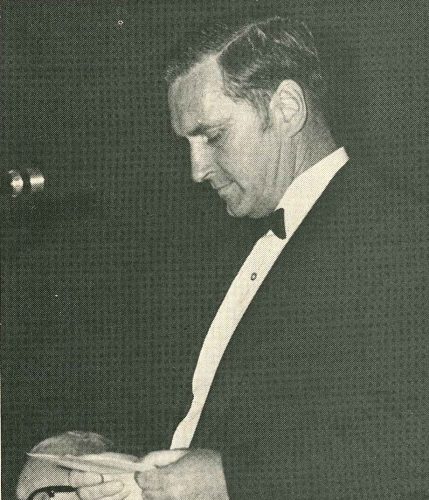
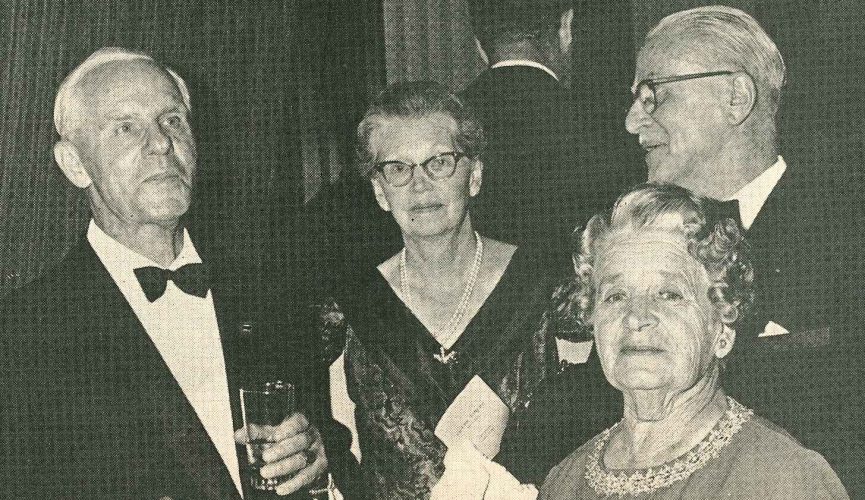
We are not concerned here with the technical aspects of the Merz Report which laid down the principles on which the electricity supply industry should be founded and on which ESCOM was in fact established, but with the wider perspective with which Merz approached the problem.
As an objective outsider, not blinded by the commanding position which the mining industry occupied in the South African economy, Merz drew attention to the need for the exploitation of the natural resources and the establishment of basic industries in various parts of the country supplied with power from centrally situated power stations. This was in direct contrast to the official Railway view that industries should be established in close proximity to the electrified railway line, and was in fact a forerunner to the decentralization of industry, a policy which successive South African governments came to adopt in subsequent years.
In reviewing the history of ESCOM and the industrial development of South Africa during the past fifty years, for the two are inextricable bound together, due tribute must be paid to this far-sighted engineer. Within ten years of his arrival in South Africa, The South African Government implemented another of his proposals by establishing the South African steel industry, today known as ISCOR.
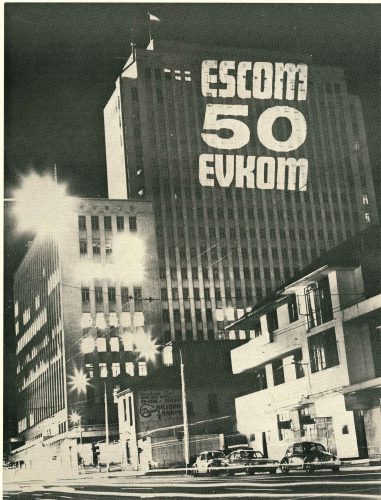
The brief remarks above give the background against which the founding of ESCOM must be seen to the Railways be seen and interpreted, not merely as a supplier of power to the Railways but also as an instrument for the industrial development of South Africa.
ESCOM may have been founded on a shoe-string, but its progress through a period of fifty years I known to many of our employees. A commemorative volume to tell this remarkable story is now with the printers. Suffice it to say that South Africa is the principal industrial nations of continent of Africa and ESCOM is at present supplying approximately 50% of the electricity used on this continent.
It is not too much to say that the task of leading ESCOM from the old era into the new is just as important and decidedly more onerous than the task of setting and leading ESCONM on its course 50 years ago.
The spirit and faith in a worthy undertaking which inspired the pioneering leaders and workers of fifty years ago and during the decades up to the present, still remain the sterling qualities present-day ESSCOM; the challenge which was posed half a century ago to carry a bold and new concept to success is as new and real and exciting today as it was then.
What is most heartening of all are the indications that, despite the changes which have marked the end of ESCOM’s first fifty years, the adoption of and adaptation to new procedures and the challenge of service to a totally different South African community – in fact to a Southern African community – are being taken up as strongly and courageously as was the case fifty years ago.
